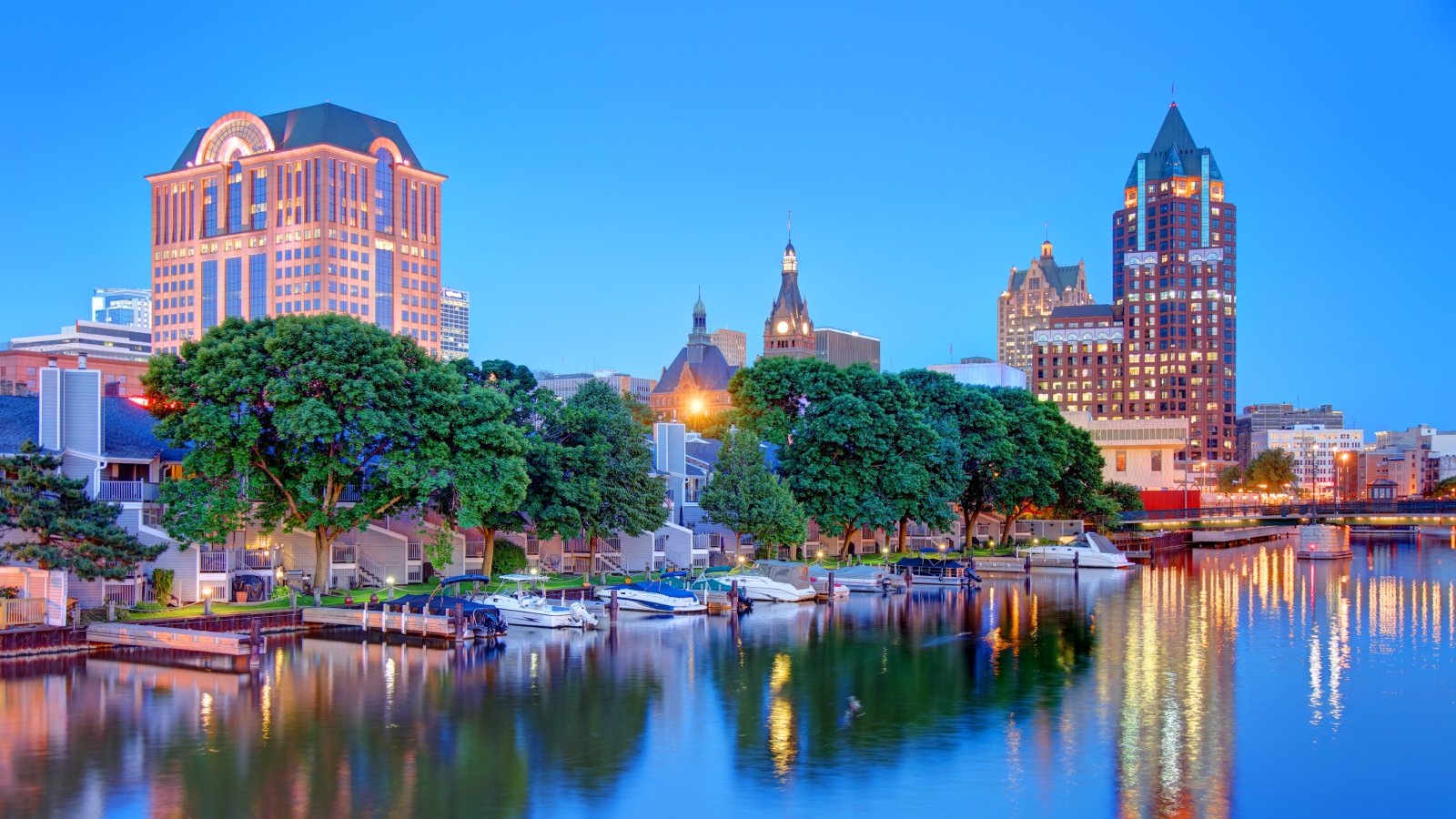Halloween northern lights from huge solar flare thrill skywatchers
The Halloween auroras were spawned by a powerful sun eruption last week.
A huge solar flare from the sun has spawned an eerie green glow over some parts of Earth in a Halloween northern lights show that has stargazers over the moon.
A powerful X1 solar flare from the sun on Thursday (Oct. 28) unleashed a wave of charged particles that reached Earth last night just ahead of Halloween (Oct. 31). It spawned what scientists call a G3-class geomagnetic storm in the Earth's upper atmosphere, and could make the northern lights (auroras typically seen around the Earth's north pole) visible at latitudes much lower than normal.
Halloween night sky 2021: See Jupiter, Saturn, Venus and maybe some spooky fireballs
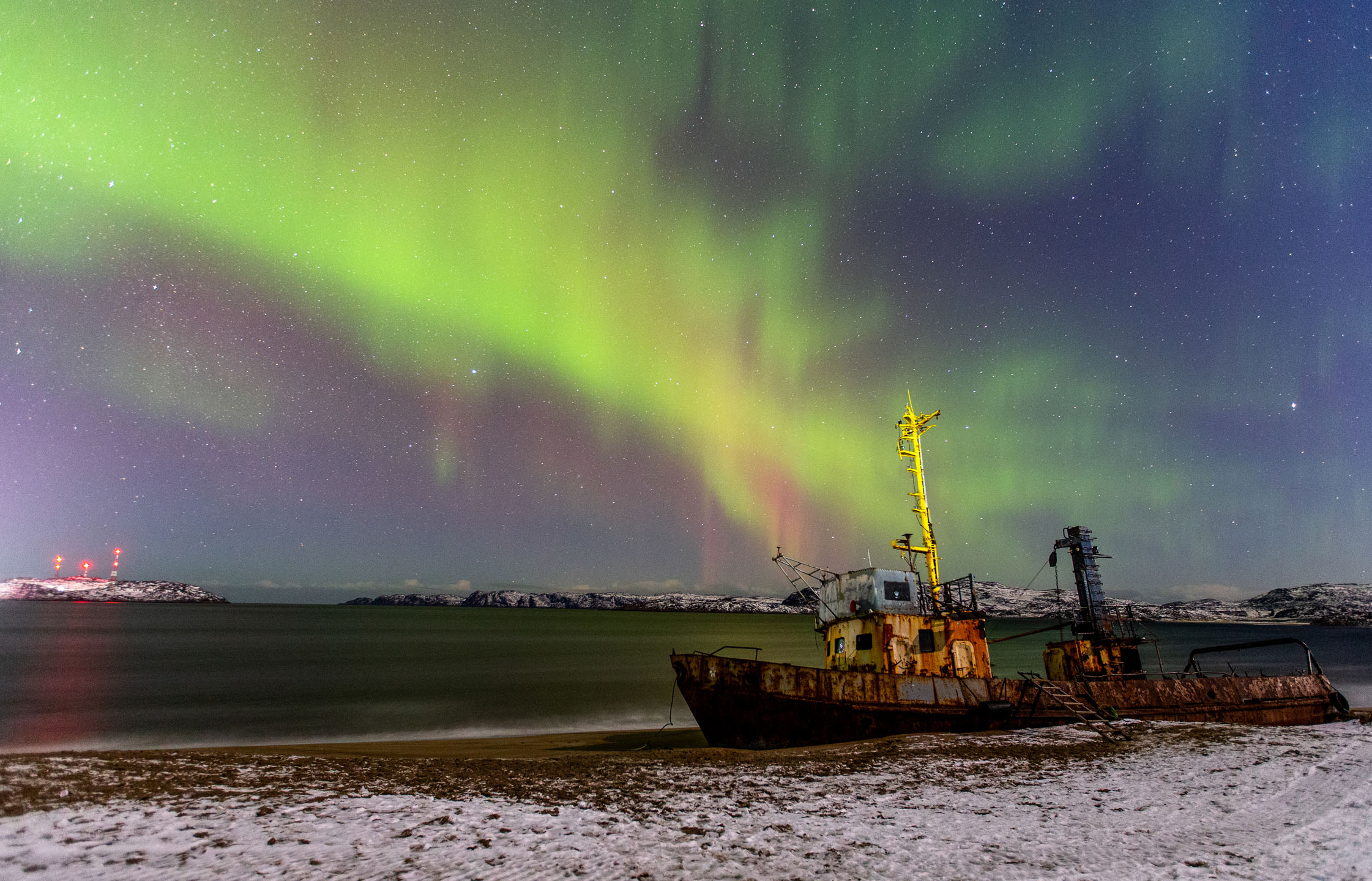
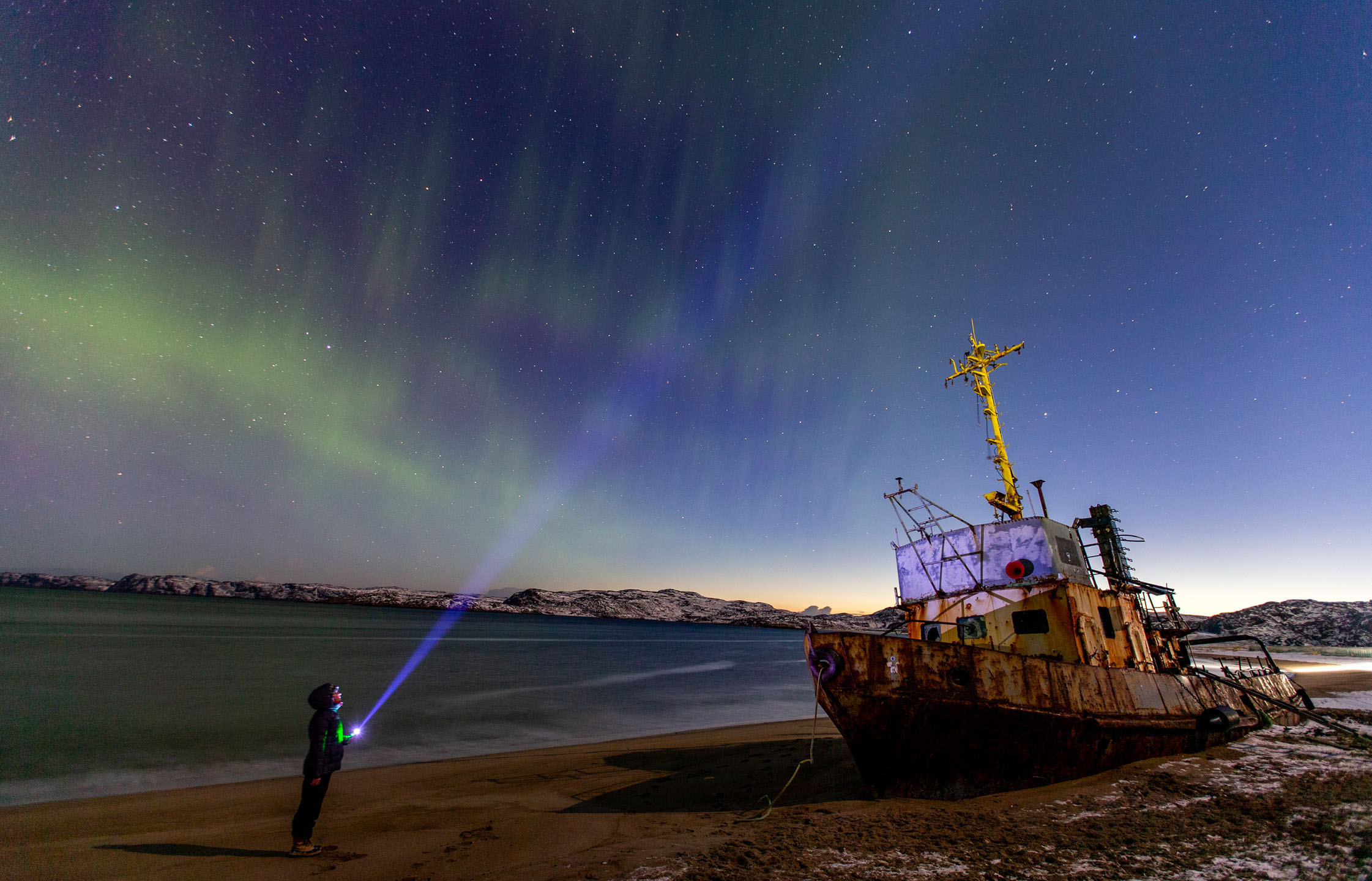
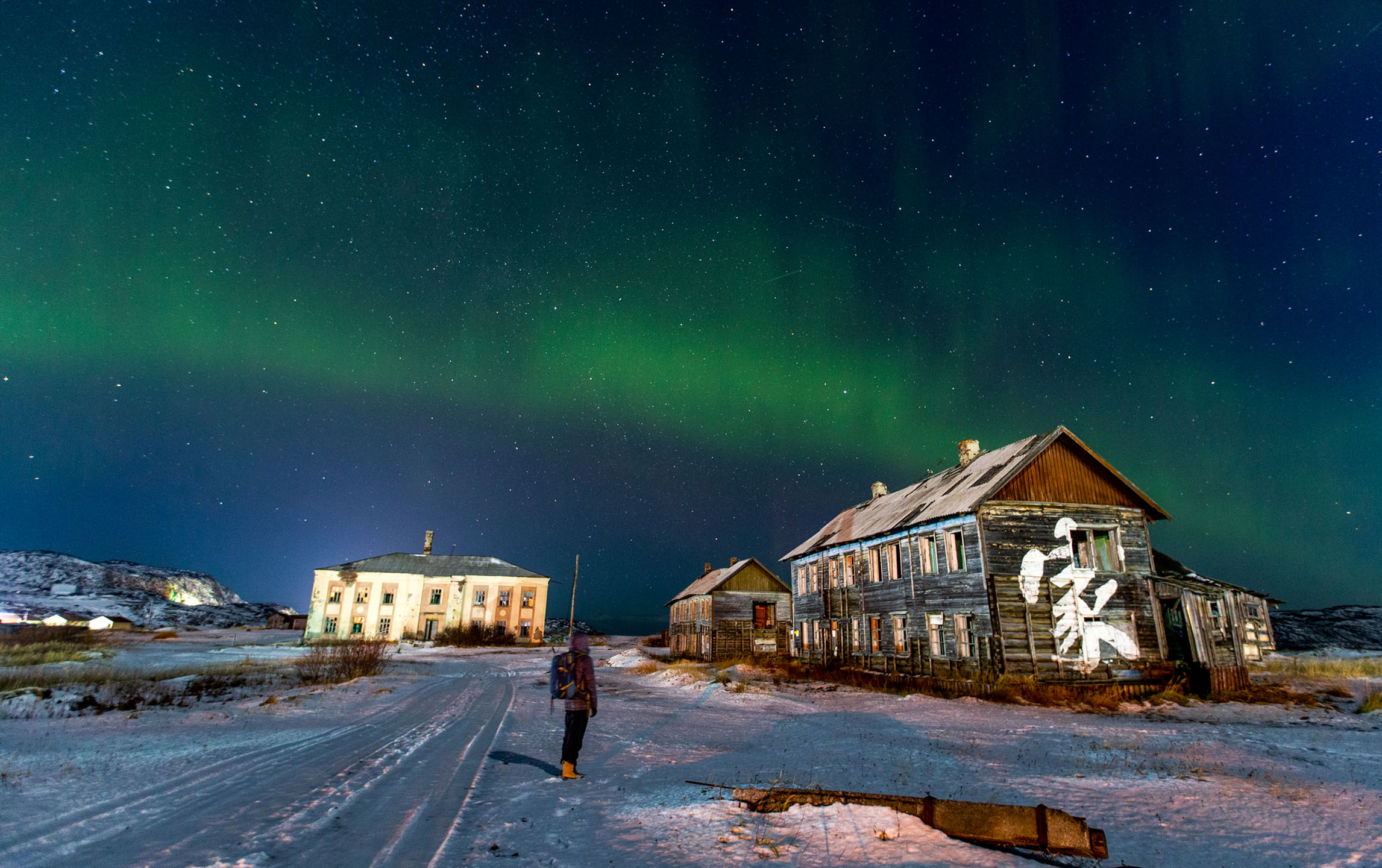
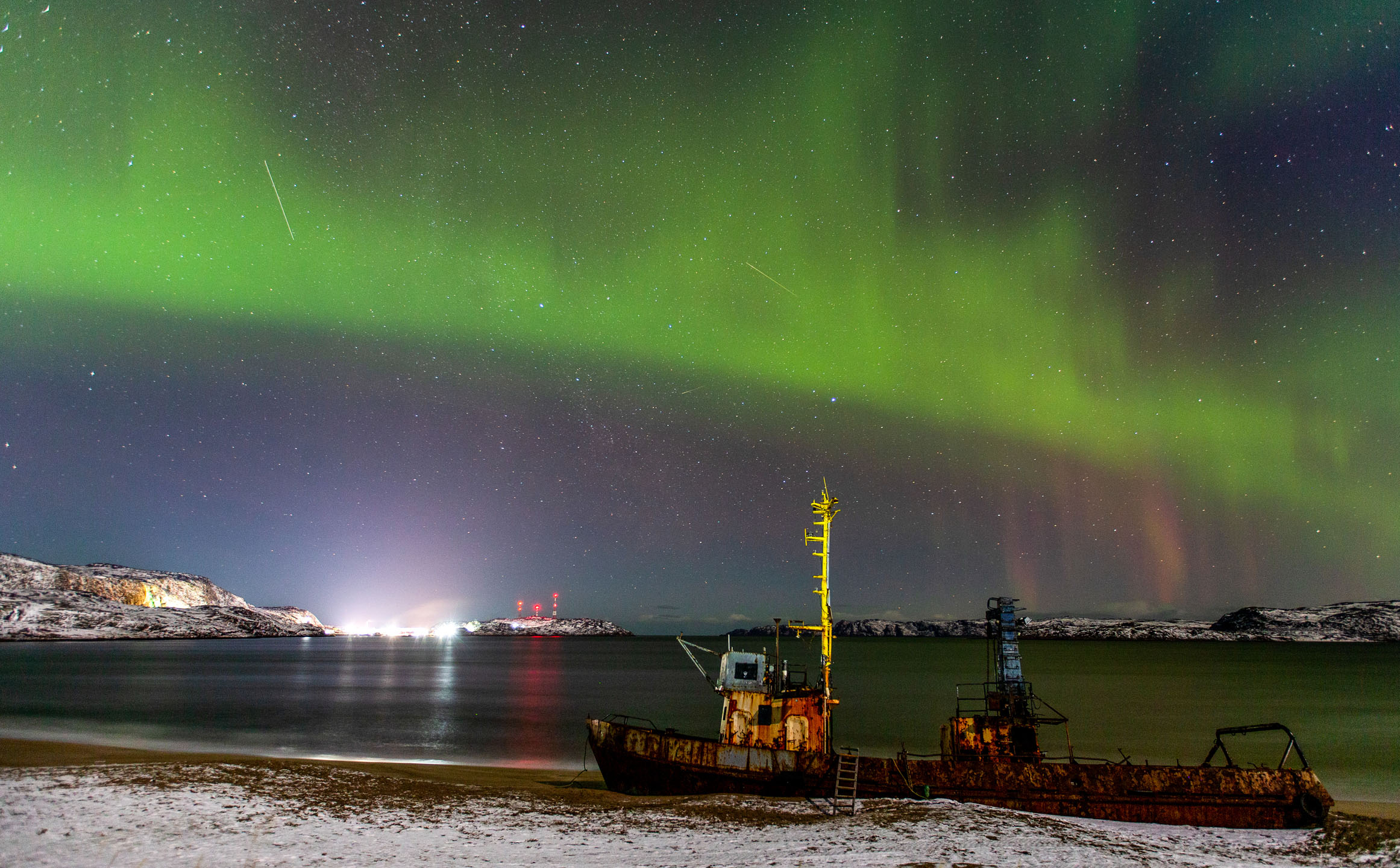
If you take a photograph of the Halloween northern lights from the solar flare, send images and comments in to spacephotos@space.com.
"Impacts to our technology from a G3 storm are generally nominal," the U.S. Space Weather Prediction Center wrote in a statement Friday (Oct. 29). "However, a G3 storm has the potential to drive the aurora further away from its normal polar residence and if other factors come together, the aurora might be seen over the far Northeast, to the upper Midwest, and over the state of Washington."
"Tonight was an actual dream," John Weatherby, a photographer in Iceland who also creates NFTs of the northern lights, wrote on Twitter while sharing a video of the auroras. "KP7 aurora for our workshop group's first night. So grateful they got to see this incredible show."
Related: Halloween in space! These wild astronaut costumes are just out of this world
Tonight was an actual dream. KP7 aurora for our workshop groups first night. So grateful they got to see this incredible show 💚🙏 pic.twitter.com/2dyLWC7GNhOctober 31, 2021
The northern lights (and their south pole equivalent the southern lights) occur when charged particles from the sun's solar wind hit particles in Earth's upper atmosphere causing a glow visible from the surface. These particles are funneled to the Earth's poles by our planet's magnetic field, making them normally visible from high latitudes closer to the poles. The northern lights are known as the aurora borealis, while the southern lights are called the aurora australis.
Get the world’s most fascinating discoveries delivered straight to your inbox.
During a major solar flare (X-class flares are the most powerful), the sun can unleash powerful radiation storms and eruptions known as coronal mass ejections that send much more charged particles toward Earth than the everyday solar wind. That's what happened during Thursday's solar flare, which sent a coronal mass ejection toward Earth at just under 2.2 million mph (3.5 million kph), SWPC officials wrote in the statement.
Related: The sun's wrath: Worst solar storms in history
That wave of particles reached Earth Saturday night, making the auroras visible and brighter at lower latitudes. Those conditions should continue through Halloween night, according to the SWPC.
NASA solar scientist C. Alex Young, associate director for science at the Heliophysics Division of the agency's Goddard Space Flight Center in Maryland, cautioned observers at lower latitudes like the U.S. Northeast, upper Midwest and Washington that the display won't be as impressive as those farther north. You will also have to get away from city lights if you hope to see any auroras.
If you're hoping to see the northern lights yourself, check out our guides on where and how to photograph the aurora, as well as the best equipment for aurora photography and how to edit aurora photos. If you need equipment, consider our best cameras for astrophotography and best lenses for astrophotography to make sure you're ready for the next aurora event.
Skywatchers in regions of the Earth that normally see bright auroras have reported truly dazzling aurora displays.
"WHAT A NIGHT," wrote a skywatcher named Thomas on Twitter while sharing dazzling photos of the Halloween auroras from Sweden's Lapland region.
WHAT A NIGHT 💚#NorthernLights #SwedishLapland #Polarlichter pic.twitter.com/x5xOpOvTgjOctober 31, 2021
One skywatcher in Reykjavík, Iceland didn't have to travel far to see the northern lights. They were easily visible from the comfort of home.
"Aurora in my backyard," the observer, who goes by @PhinerianKlipsy on Twitter, wrote while sharing photos of green auroras in the sky.
Aurora borealis in my backyard pic.twitter.com/BEnfuJw9amOctober 31, 2021
Skywatcher Michael Charnick also spotted the storm from Iceland and used an iPhone 13 to photograph the event, which he observed late Halloween eve (Oct. 30).
"Incredible substorm over the west coast of Iceland ~ 30 min ago," he wrote on Twitter.
Incredible substorm over the west coast of Iceland ~30 min ago. 🇮🇸 This is an iPhone 13 photo.#AuroraBorealis #aurora pic.twitter.com/L8cSKgZWitOctober 30, 2021
Charnick then captured some stunning views of the auroras over the Labrador Sea in the North Atlantic Ocean.
KP2 Aurora sampler...somewhere over the Labrador Sea! #aurora pic.twitter.com/NKmXyEkj1FOctober 30, 2021
The sun is currently in the beginning phase of its latest 11-year solar cycle, called solar cycle 25, in which its activity rises and falls over time. The X1 solar flare of Oct. is only the second X-class solar flare of the cycle. It follows and X1.6 solar flare that occurred on July 3.
If you take a photograph of the Halloween northern lights from the solar flare and want to share them for a possible photo gallery or story, let us know! You can send images and comments in to spacephotos@space.com.

Tariq is the editor-in-chief of Live Science's sister site Space.com. He joined the team in 2001 as a staff writer, and later editor, focusing on human spaceflight, exploration and space science. Before joining Space.com, Tariq was a staff reporter for The Los Angeles Times, covering education and city beats in La Habra, Fullerton and Huntington Beach. He is also an Eagle Scout (yes, he has the Space Exploration merit badge) and went to Space Camp four times. He has journalism degrees from the University of Southern California and New York University.




